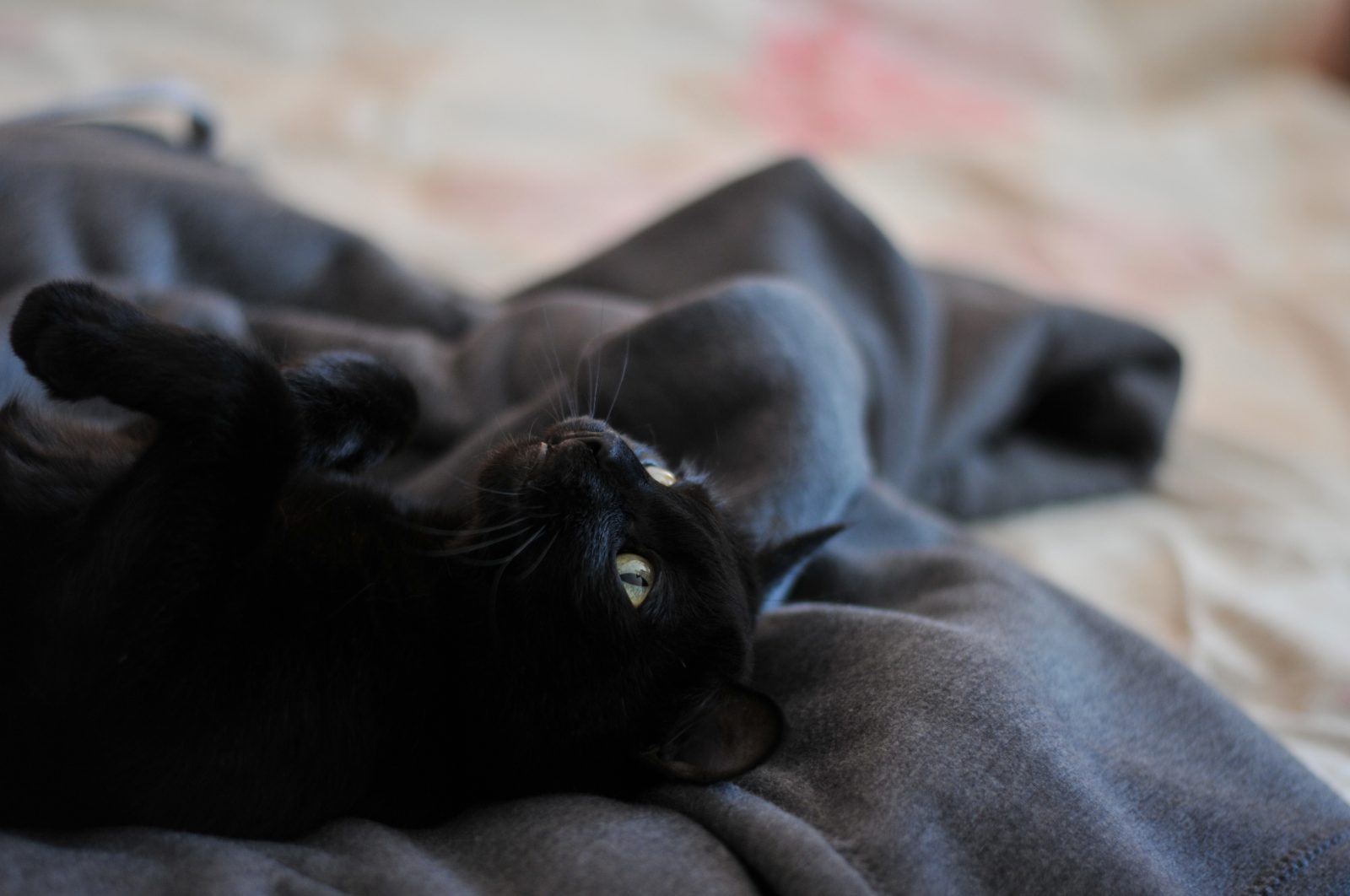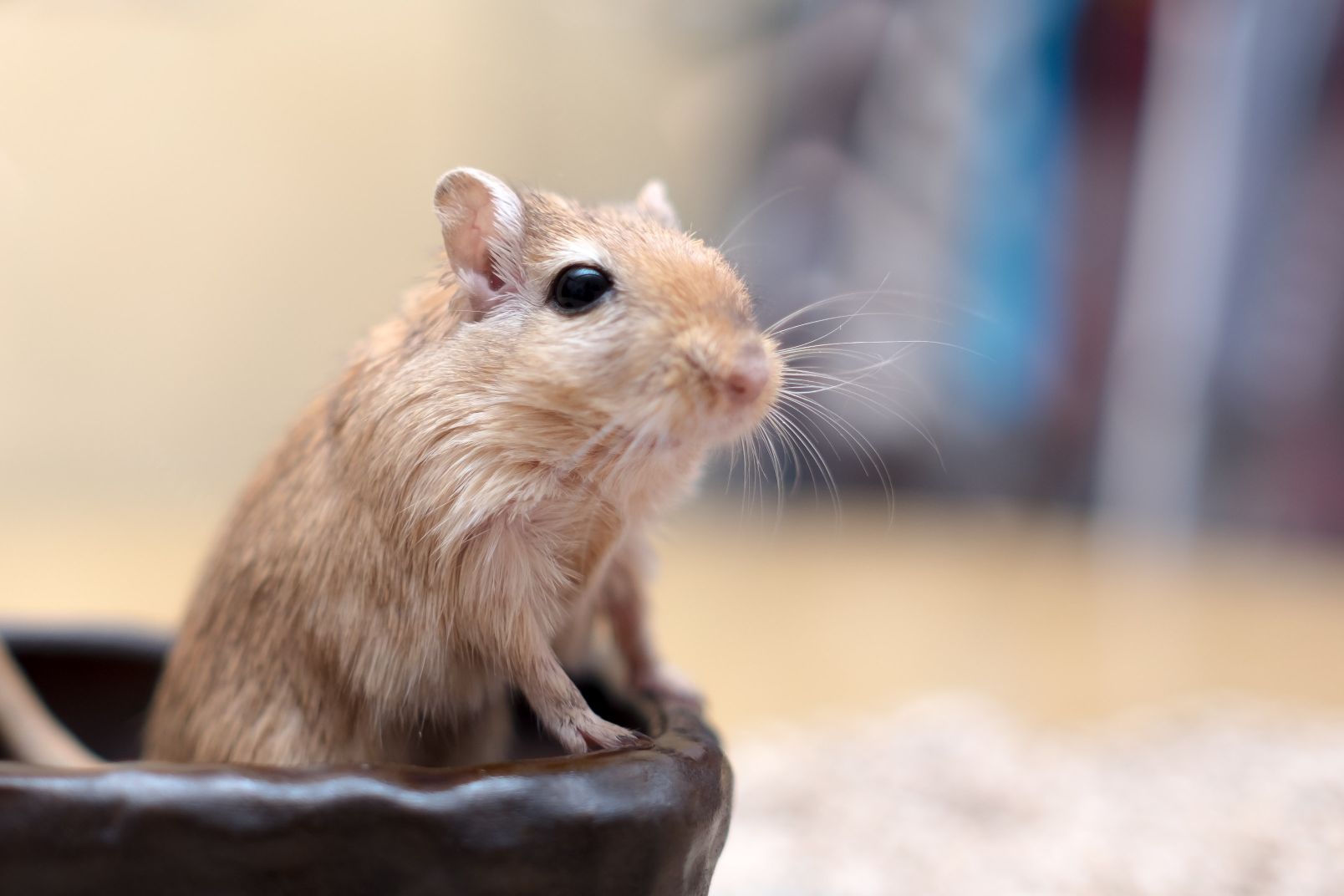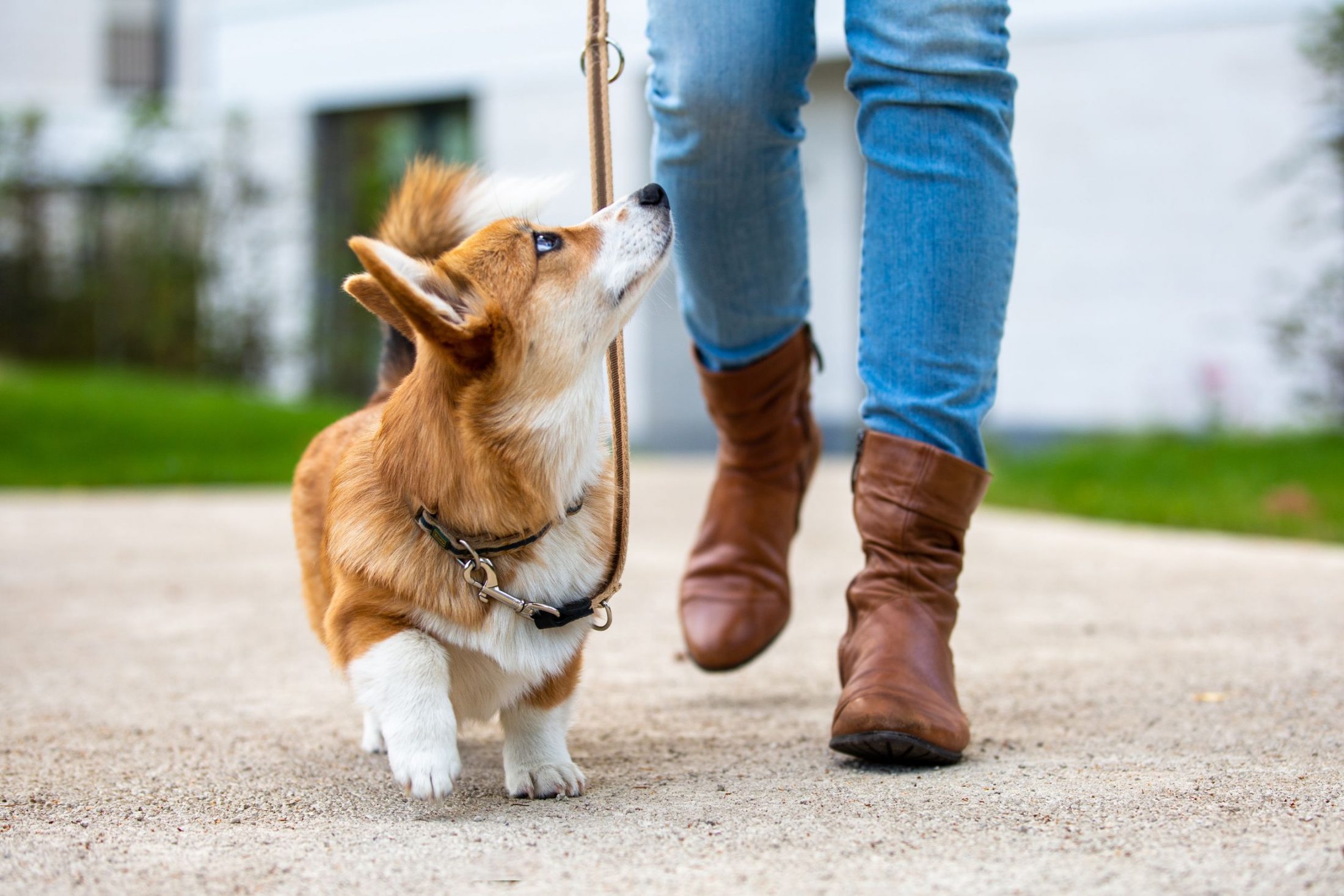 For a species that can actually be trained to use a box for a bathroom, it’s astounding that we don’t expect more from cats. They are so smart, playful, and capable! But, some say cats are equally aloof, unpredictable, and not always willing to please, making training a laughable feat.
For a species that can actually be trained to use a box for a bathroom, it’s astounding that we don’t expect more from cats. They are so smart, playful, and capable! But, some say cats are equally aloof, unpredictable, and not always willing to please, making training a laughable feat.
However, with positive reinforcement, you can (not to mention should) train your cat to perform tricks, behave better, and become the feline you always wanted.
A Good Start
While cats may not, as a group, be as food-motivated as dogs, we still have things that a cat deems valuable or desirable. Tuna, for instance, or other high-value treats are excellent rewards as you train your cat, along with any favourite toy. Calories do add up, though, so be careful to manage your cat’s meal portions when you employ food rewards.
Training sessions should start slow, and be as easy, fun, and noncommittal as possible. A solid 5-minute block is recommended, since anything longer may result in a tired, bored, or put-off feline. Stick to one trick per training block, only moving to another command when it’s mastered.
Use What You Have
Cats are naturally drawn to sniff any hand or finger that is extended toward them, making the command “touch” the best place to start training. Extend your hand, repeat the command, and reward your kitty when the job is done. Sometimes this culminates with a scent-marking brush against the corner of the mouth – but only if you’re really lucky!
Once accustomed to the concept that good things happen (read: delicious treat) when directions are followed, your cat’s response to training will increase. Then you could use the learned command to get your cat to jump through hoops, up and off of various surfaces, and so on. It never gets old!
It’s not uncommon for cats to learn basic commands, such as “sit”, “stay”, “down”, etc., but training can also help enormously with getting your cat used to the travel carrier, or learning how to walk on a leash. The possibilities are endless, so we encourage you and your cat to get creative!
Positive Reinforcement
Establishing that training is fun for both of you is only possible without dominance and punishment. In order for your feline to relax and be open to your ideas, he or she must not be stressed out in any way.
Using the Clicker to Train Your Cat
A clicker can help train your cat, especially when trying to phase out treats. Instead of rewarding with food, the idea is that you get your cat used to hearing the “click” after desired behaviour.
The Summeridge Animal Clinic team hopes you will try to train your cat. Not only is it fun (it really is!), but it could also make your cat’s life safer and more enjoyable. Who could argue with that? Surely not your frisky feline!
As always, please contact us if you have questions or concerns about your feline’s wellness, or want to share your successes with behavioural training.



